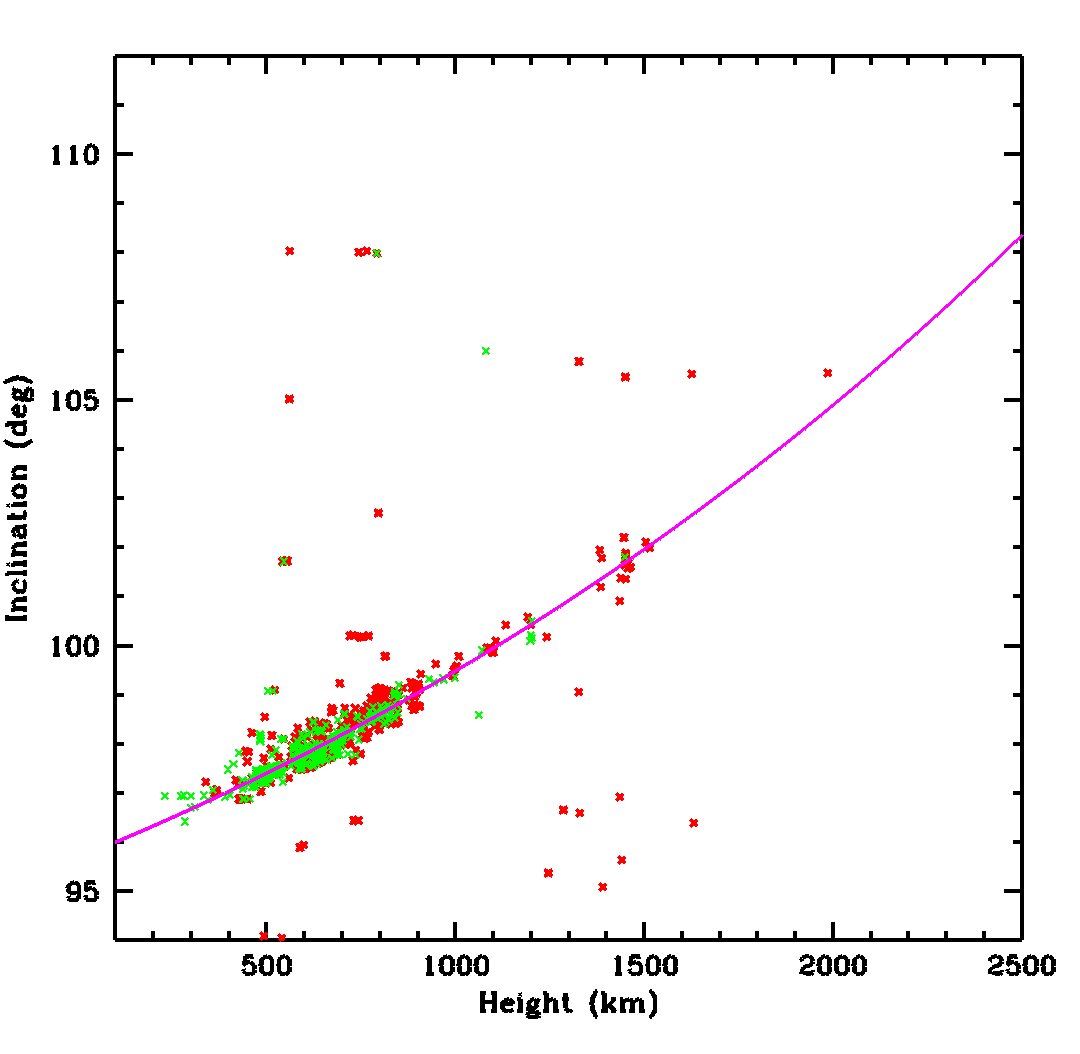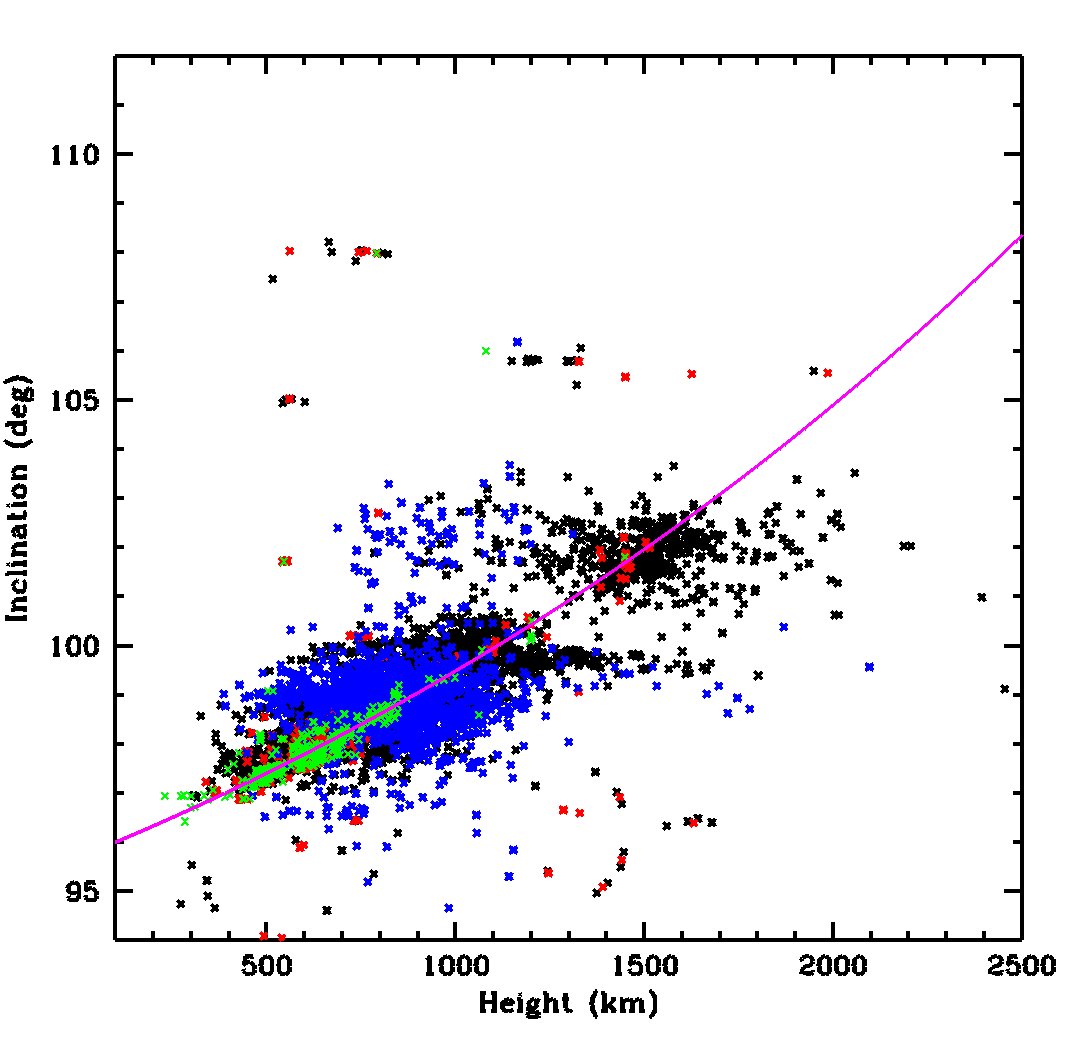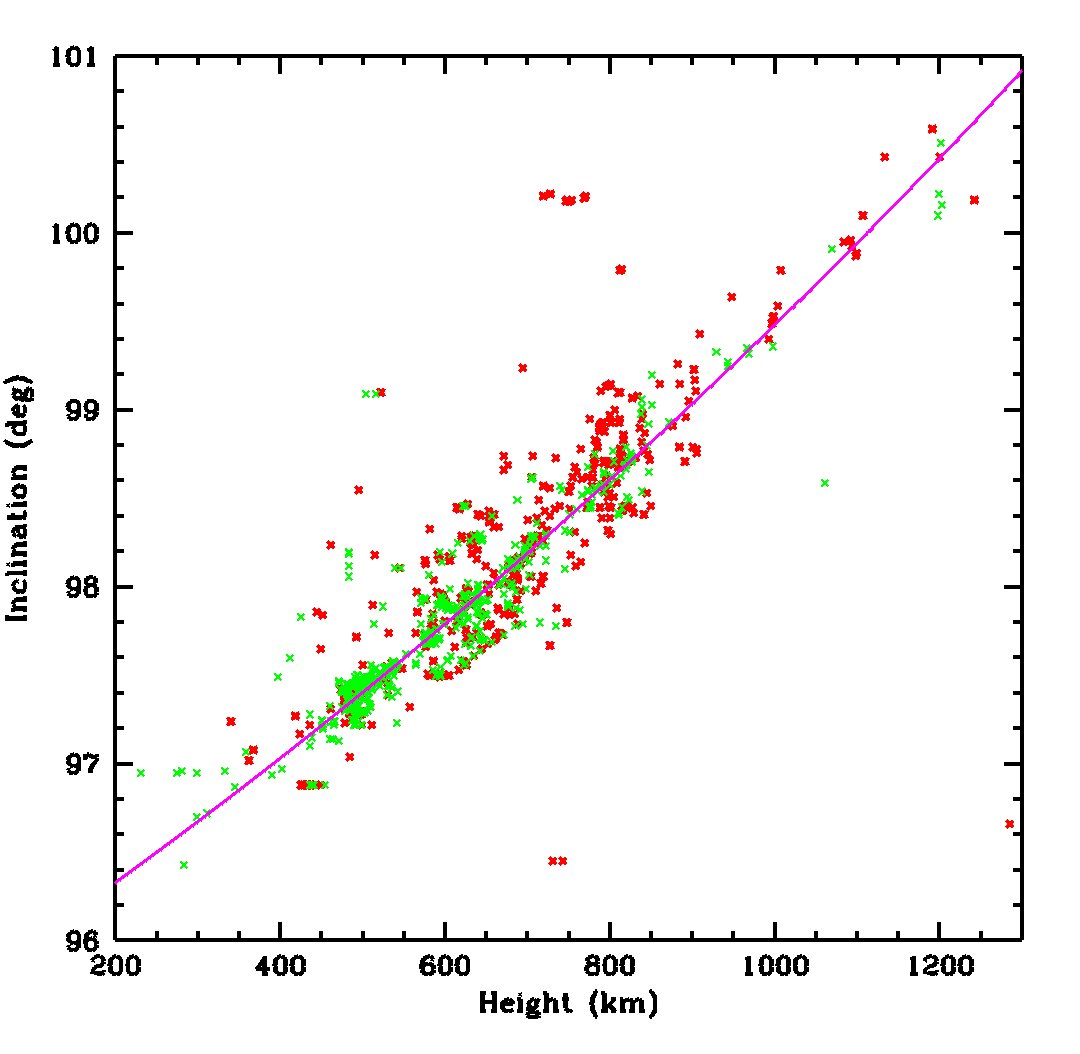
The predicted close approach on Oct 16 involves a Soviet Parus navigation satellite and a Chinese rocket stage. Here is the Parus. It's a big satellite, about 800 kg, 2 metres in dia and it has a 17 metre long gravity gradient boom. 

The Parus satellite was designed by ISS Reshetnev in Zheleznogorzk and built by PO Polyot in Omsk. Images from kik-sssr.ru 

The CZ-4C third stage is about 7.5m long and 2.9m diameter. I don't have a good mass for it but it is probably of order a tonne. Here is art of the stage from the specific launch in question with the payload still attached at right 

Here's my own visualization of the encounter. Kosmos-2004 (red) is heading south towards the pole, CZ-4C-Y4 (purple) is heading north towards the Falklands 

Parus (Kosmos-2004) is in a 970 x 1013 km x 83.0 deg polar orbit. CZ-4C-Y4 Stage 3 is in a 970 x1203 km x 100.4 deg retrograde orbit.
By the way, the Parus satellite carried a communications relay package and a navigation payload using Doppler beacons - basically a Soviet copy of the @JHUAPL/US Navy Transit navigation system
• • •
Missing some Tweet in this thread? You can try to
force a refresh






